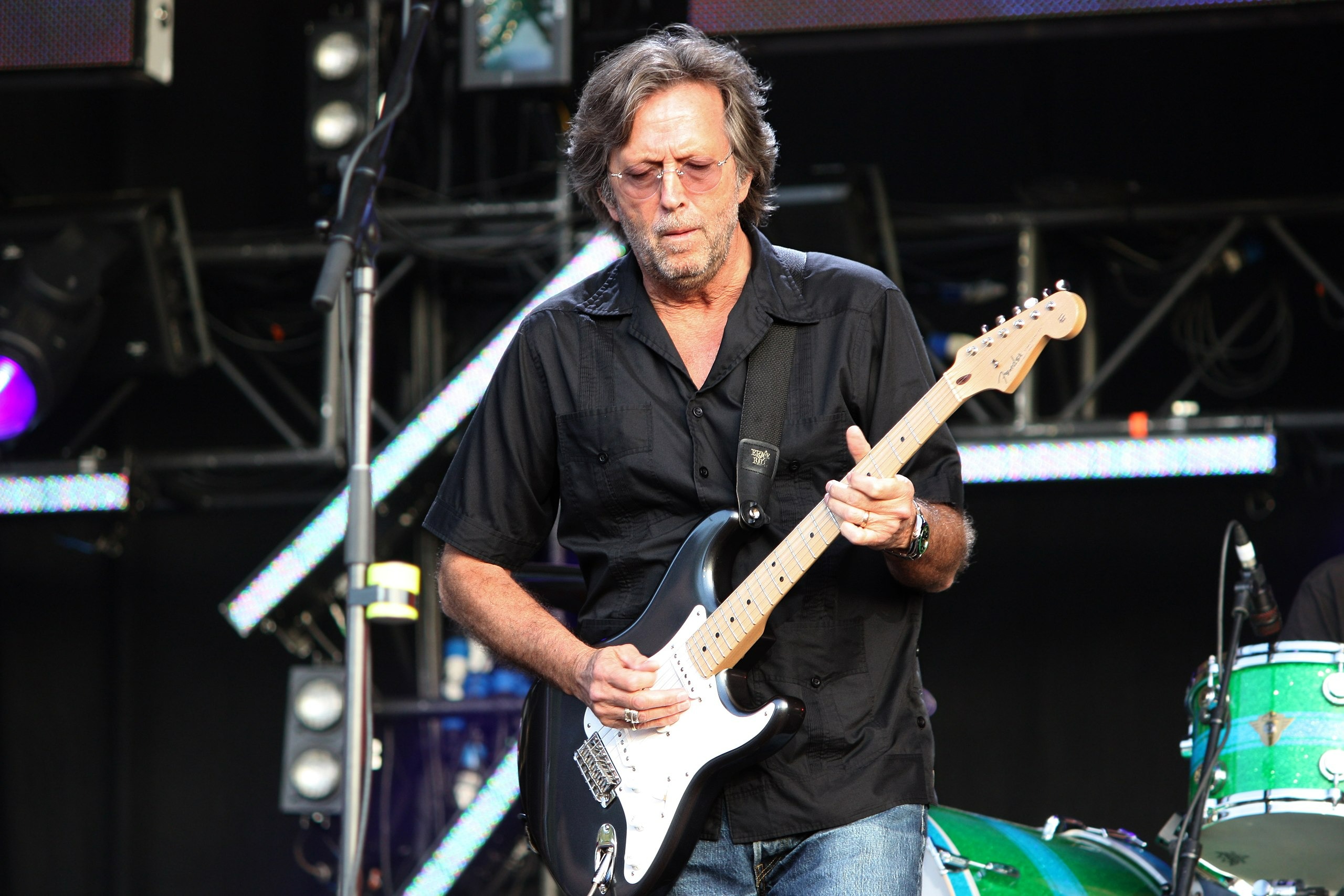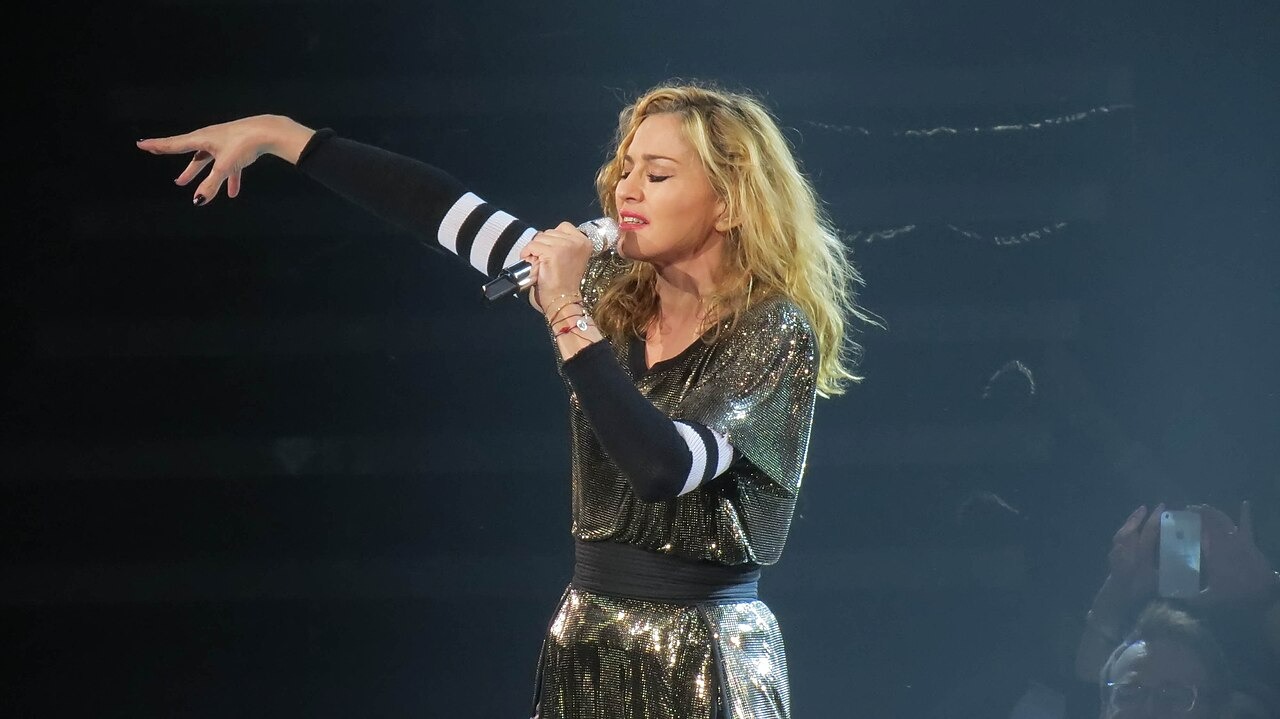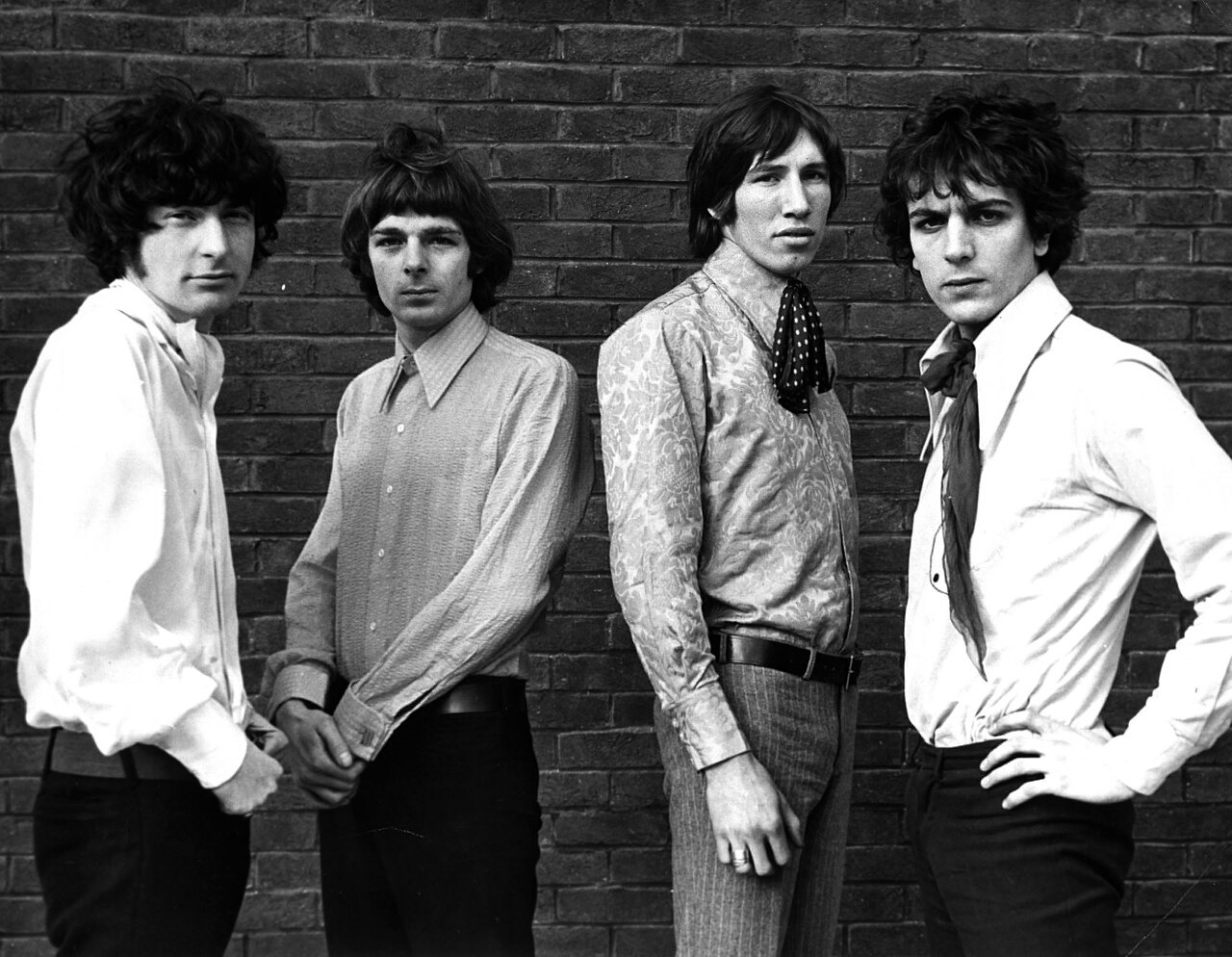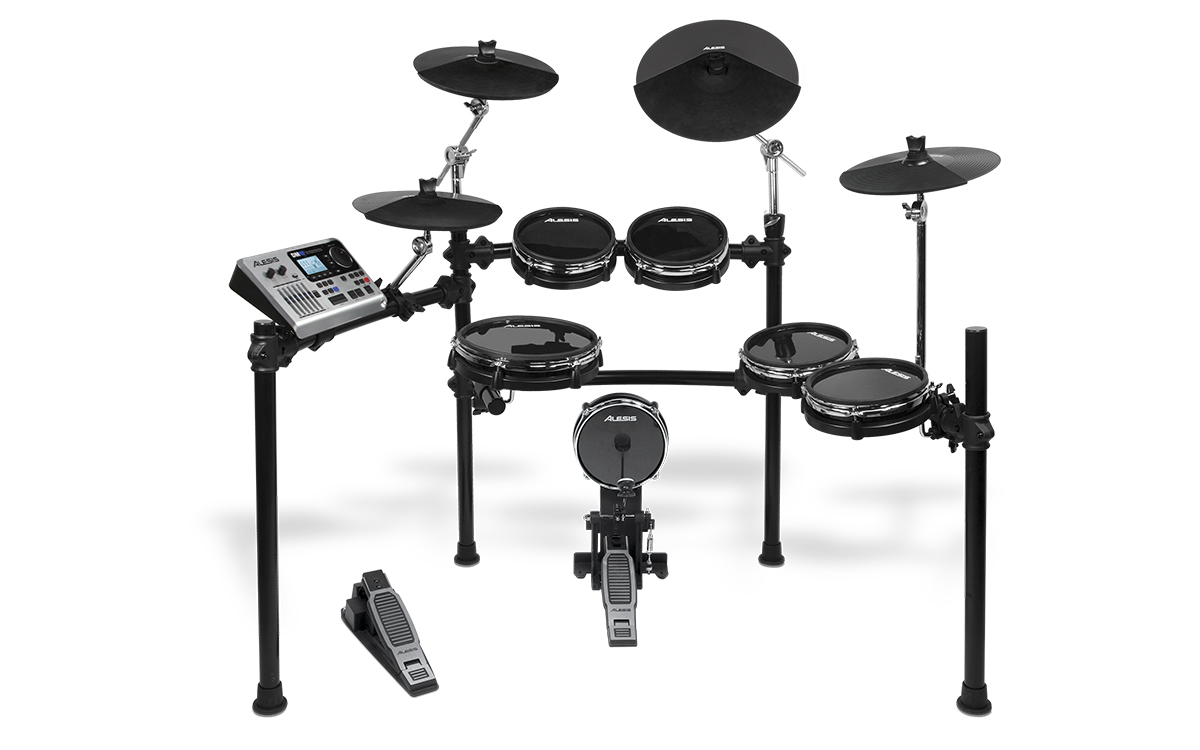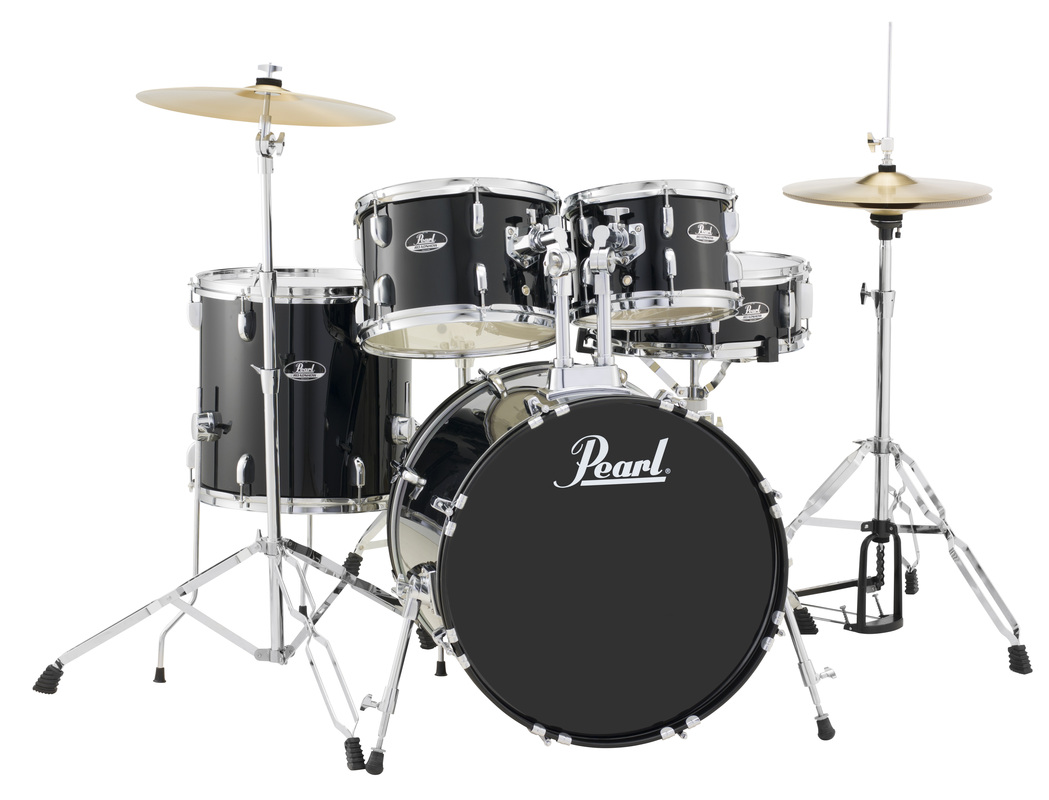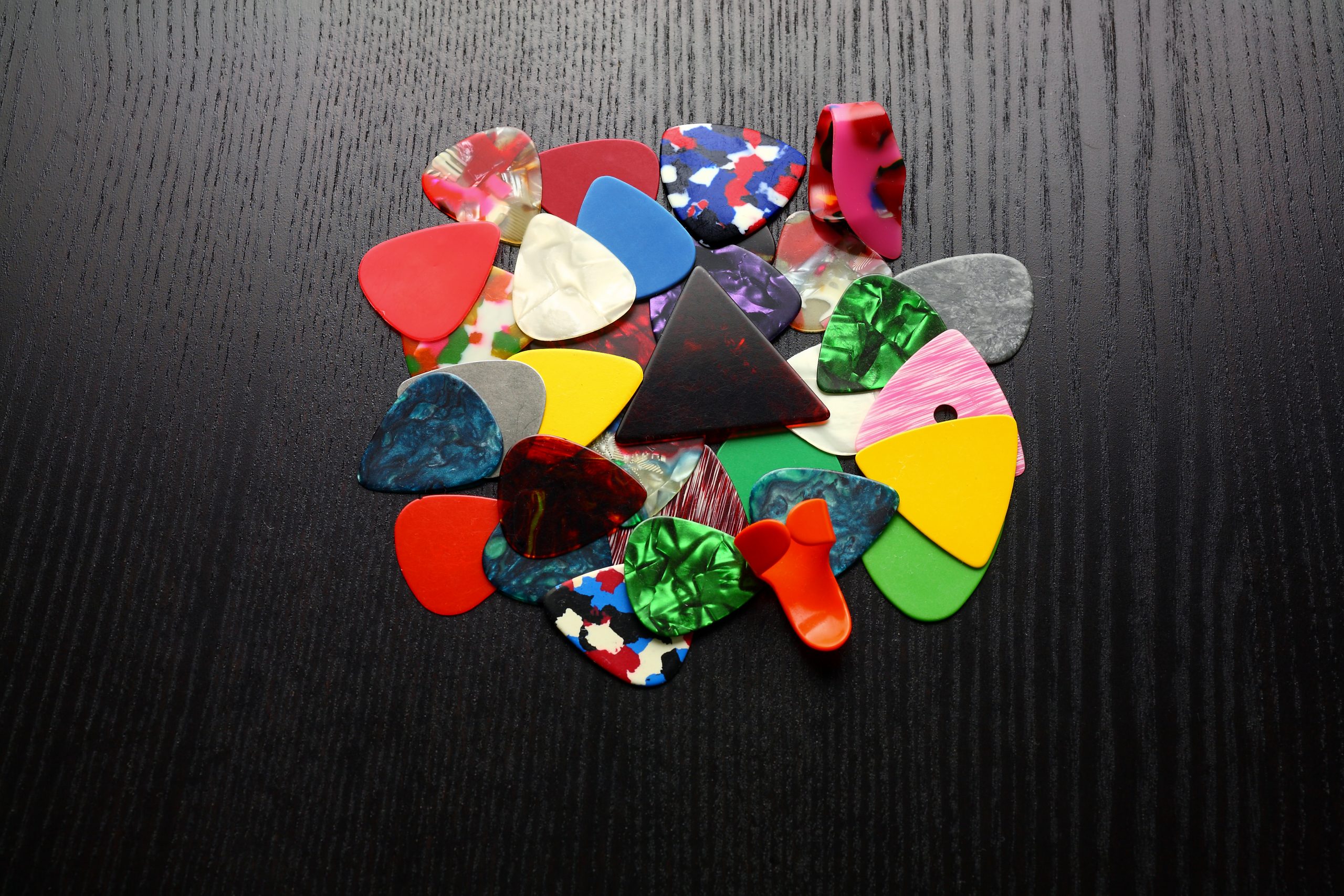At Coachella 2025, the battle lines aren’t drawn between musical genres but between those who can afford premium refreshments and those left parched in the desert heat.
The festival that once represented youth culture now showcases premium pricing at every turn. Social media feeds overflow with stunned attendees displaying receipts beside food portions that fail to impress—in a viral TikTok, attendee Ruth Viveros revealed spending $102 on two servings of tacos, nachos, and two lemonades in April 2025. The verdict on those tacos? “They’re not good, not good at all. The tortillas are like cold,” Viveros stated in her widely shared Tiktok video.
Social media has exploded with similar complaints, with many attendees expressing shock at basic refreshment costs. In her TikTok video, Viveros also showcased a lemonade drink she purchased for $17 that was mostly filled with ice.
Price Gouging as Performance Art
The financial burden extends beyond refreshments. General admission passes for Coachella’s opening weekend were priced at $649, with the second weekend available at $599. These base costs represent significant financial commitments before factoring in food, drinks, and accommodation.
Festival economics create a jarring contrast: fans pay premium prices to watch performances by successful artists, often in uncomfortable conditions with necessities at luxury price points.
Behind the Booth: The Economics of Exclusion
Festival economics operate on a simple principle: captive audiences with limited options create perfect conditions for premium pricing. The structure of music festivals naturally creates scarcity, with controlled entry points limiting outside food and beverages.
Behind the neon sunglasses and flower crowns lies an uncomfortable reality: events that began as gatherings centered around music have evolved into experiences where refreshments and necessities come with substantial markups. This transformation mirrors broader trends in how underground cultural movements eventually become commercialized.
The reactions to these prices vary significantly across social media platforms. Younger attendees express shock at the pricing structure, while industry veterans often view it as an unfortunate but established aspect of festival culture. Social media platforms like TikTok and Twitter have amplified these complaints, turning individual experiences into viral critiques of festival economics.
Survival Tactics: Resistance in the Desert
For those still planning to attend Coachella’s second weekend, experienced festival-goers suggest common strategies: eat substantial meals before entering, bring any permitted snacks, and consider sharing food purchases with friends to distribute costs. What was once spontaneous revelry now requires strategic planning to navigate financial pitfalls.
The question hanging in the dusty festival air remains: When did music’s gathering spaces become so financially exclusive? And at what point does the rising cost of participation begin to change who can participate in these cultural experiences fundamentally?
While Coachella continues to attract thousands with its impressive lineup and cultural cachet, the ongoing conversation about accessibility and value exposes the tensions between art, commerce, and community that define today’s festival landscape.









